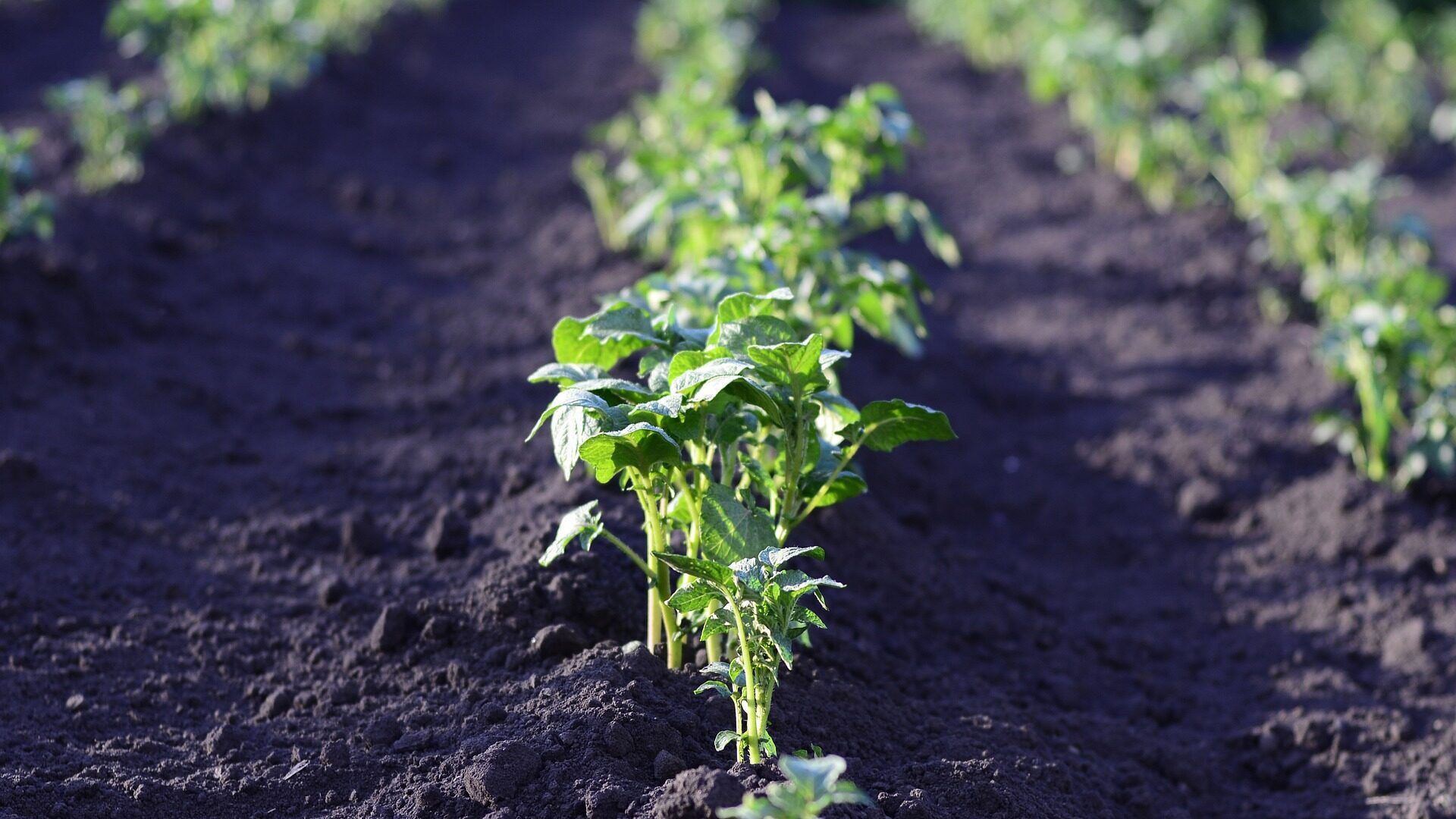Growing Potatoes: A Step-by-Step Guide to Potato Sprouts Planting
Potato sprouts planting is a simple and rewarding way to grow your potatoes at home. Homegrown potatoes taste fresher and more flavorful than store-bought varieties, but they are also a great way to save money and reduce your carbon footprint. Potatoes are a versatile and nutritious food that can be incorporated into many dishes.
Potato sprouts planting
To plant potato sprouts, you will need the following materials:
- Potato sprouts or potato seeds (also known as seed potatoes)
- Potting soil or compost
- A container or plot of land in which to plant the sprouts

Before you begin, it’s important to choose the right potato sprouts for your climate and soil conditions. Many different types of potato seeds are available, each with its unique flavor and growing characteristics. Some popular varieties include Russet, Yukon Gold, and Red Bliss.
Once you have selected your potato sprouts, it’s time to start. If you are planting in a container, fill it with potting soil or compost, making sure to leave enough room for the sprouts to grow. If you are planting in a plot of land, loosen the soil and mix in compost or organic matter to help improve the soil structure.
Next, plant the potato sprouts about 8 inches apart and cover them with a few inches of soil or compost. Water the sprouts thoroughly, and keep the soil moist but not waterlogged. As the sprouts begin to grow, you may need to add more soil or compost to the container or plot to ensure that the roots have enough room to grow.
As the potato plants mature, keep an eye out for pests and diseases, and take steps to control them if necessary. You can also fertilize the plants with balanced fertilizers to help them grow strong and healthy.
Once the plants have matured, you can harvest your homegrown potatoes. Simply dig them up carefully, taking care not to damage the plants or the potatoes. You can then enjoy your homegrown potatoes in various dishes or store them in a cool, dry place for later use.
Important diseases and pests
Potato plants are susceptible to several diseases that can cause serious damage if not properly controlled. Some common diseases that can affect potato sprouts include:
- Early Blight: This fungal disease causes dark, circular spots on the leaves and stems of potato plants. As the disease progresses, the spots may become sunken and surrounded by a yellow halo.
- Late Blight: This is a more serious disease that can cause the rapid death of potato plants. It is characterized by dark, water-soaked lesions on the leaves and stems of the plant and can spread quickly under moist conditions.
- Potato Scab: This bacterial disease causes raised, corky lesions on the potato’s skin, making them unsightly and reducing their appeal. Use resistant varieties in gardens in which scab was a problem. Rotate with non-host crops. Maintain soil pH levels at around 5.1 and ensure the soil moisture levels are optimal during the first 2 to 6 weeks following tuberization.
- Blackleg: This bacterial disease damages the stem. Start with healthy plant material, as the disease is seed-borne. Keep the soil well-drained after temperatures reach above 10 Celsius. Don’t use access nitrogen. Calcium and magnesium level should be high to lower the risk of this disease.
- Colorado Potato Beetle: This pest is a common problem for potato growers, as it feeds on the leaves of the potato plant and can cause significant damage. The adult beetles are yellow with black stripes, while the larvae are orange with black spots. Look for egg masses on the underside of the leaves once the plant emerges. To control Colorado potato beetles, you can use cultural techniques (such as removing weeds, which can harbor the beetles), biological control, such as Beauveria bassiana, and chemical controls (such as insecticides).

To prevent these diseases, it is important to choose disease-resistant varieties of potato seeds, practice proper cultural techniques (such as rotating crops and avoiding overhead watering), and use appropriate chemicals as needed.
Summary
Planting potato sprouts is a fun and rewarding way to grow fresh, delicious potatoes at home. With just a little effort and care, you can enjoy the taste and nutrition of homegrown potatoes all year round. So why not give it a try? Start your potato growing adventure today, and if you need any further assistance or guidance, our friendly agronomic bot Harvie is always here to help. Don’t miss out on the joy of harvesting your own homegrown spuds!
